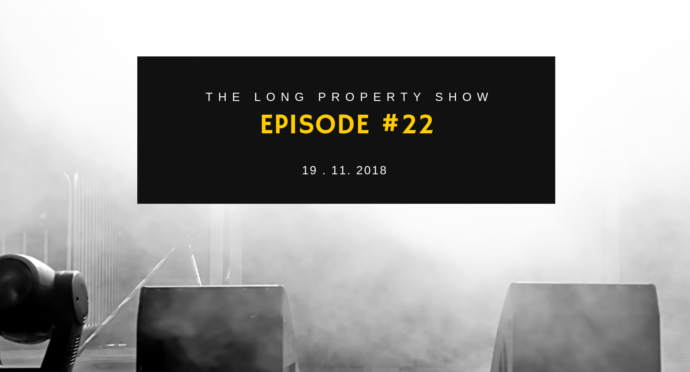Podcast: Play in new window | Download
Subscribe: RSS
The ‘break-even’ on a property investment is probably a lot lower than you think.
This is mainly due to our current low interest rate environment, combined with strengthening rental yields in Melbourne and Sydney, and even higher yields available in other interstate markets. It’s not uncommon to see gross yields in Brisbane and Adelaide above 3.5% in the current market, even for inner city and middle ring houses with large land components. (units/ apartments tend to be higher yielding again)
To calculate break-even, one simply adds up the costs associated with holding an investment property, and divides that by the property value. For example the break-even on a $700,000 investment property costing $5,000 p.a. to run would just be 0.7% ($700,000 / $5,000).
You still have to come up with the $5,000 over the course of the year, however your overall wealth position still increases if the property value increases by any more than just 0.7%.
The news headlines are scaring a lot of people at the moment, but is the outlook really that grim for long-term investors? What do your overall returns look like if you only get say 5% p.a. capital growth over a 10yr holding period, rather than 7% p.a. which is approximately what most capital city markets in Australia have delivered over the past 30-40yrs?
When we discuss overall returns in the podcast, the assumptions from the worked example are as follows:
- $700,000 property with 80% ($540,000) loan costing 5%p.a. interest, analysed over 10yr holding period
- 3.5% gross rental yield, discounted by 20% to account for costs (e.g. rates, incl. land tax, insurance, maintenance, property management, water)
- For simplicity we have excluded purchase and selling costs (stamp duty, agent fees, capital gains tax etc.), and we have also excluded negative gearing and any depreciation benefits.
With the above assumptions, one only needs 2% p.a. compound growth in their property investment to generate an overall return of 4.2% p.a. (e.g. roughly double that of just holding cash in a high yielding term deposit).
Compound growth of 5% p.a. achieves an overall return of 13.5% p.a. on the investment. This of course is due to the combined power of leverage, compounding returns, and time in the market.
We’re not advising people to invest in property, nor are we telling them ‘what to buy’… we’re simply going through the financial maths, so listeners can better understand the economics of a potential investment.
Time stamps below, thanks for listening!
[1:20] How to calculate your break-even on property
[1:40] Key inputs are leverage (which dictates how much interest you pay) and rental yield (what income you receive from your tenant)
[2:55] Rental yields have compressed recently in Melbourne and Sydney due to house price growth during the boom years, higher yields are available in interstate markets
[4:00] Younger investors still tend to be ‘growth’ (rather than yield) focussed with their investment strategies
[4:50] ‘Costs’ associated with running an investment property can be approximated, for example one could discount their gross rent by 20% to get a ball park figure
[5:35] Worked example… $700,000 investment property geared at 80%, interest at 5% p.a., gross yield at 3.5% p.a.
[6:30] Are pre-tax running costs of $8,400 p.a. ($5,300 p.a. post-tax) affordable for a growth orientated investment?
[7:40] Calculating the break-even… approximate the running cost of the investment, divide by the property value
[11:20] Calculating break-evens for a positive cash-flow property
[11:50] Break-evens for a homeowner, rather than a property investor
[12:35] What if you do better than break-even, what’s your overall return (‘internal rate of return’) if you can achieve say 5% p.a. capital growth? (the overall return is 13.5% with stated assumptions)
[14:46] If compounding growth is just 2% p.a., your overall return is still 4.2% p.a. (approx. double what you would earn if you just kept your money in a high interest savings account)
—
The Long Property Show provides general information only and has been prepared without taking into account your objectives, financial situation or needs. We recommend that you consider whether it is appropriate for your circumstances and your full financial situation will need to be reviewed prior to acceptance of any offer or product. Nothing in the Long Property Show constitutes legal, tax or financial advice and you should always seek professional advice in relation to your individual circumstances.




